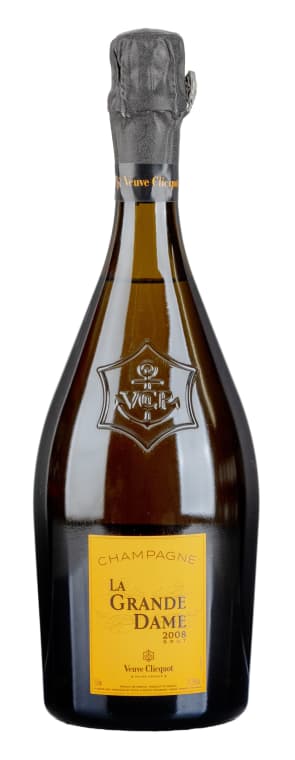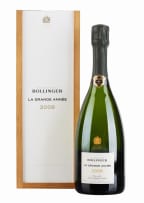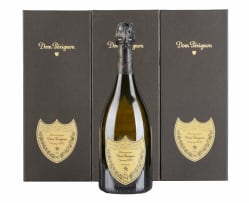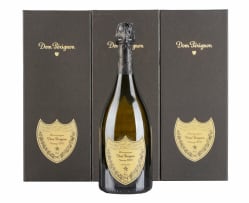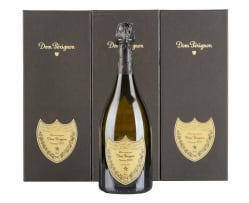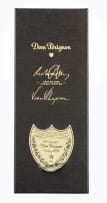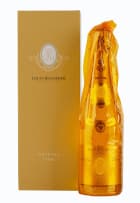Burgundy and Champagne
Timed Online Auction, 28 August - 9 September 2024
Cap Classique & Champagne
About the SessionThe Champagne list offers an extensive array of renowned names, including Bollinger, Dom Perignon, Louis Roederer and Salon and Veuve Cliquot. The selection of Cap Classique features Graham Beck, Le Lude, Domaines des Deux and Silverthorn – perfect for celebratory occasions.
Incl. Buyer's Premium & VAT
About this Item
Disgorged January 2018. This is the first Grande Dame made by Dominique Demarville. He decided to push the percentage of Pinot Noir to the max. 92% Pinot Noir, mainly from Verzy (37%) and Verzenay (14%), which represents 51% of the blend. Also 23% Bouzy, 4% Ambonnay and 14% Aÿ. Plus 8% Chardonnay from Le Mesnil.
Provenance
Wine Cellar Private Client
Critics Ratings
'Exhibiting aromas of pear, toasted brad, confit citrus and smoke, the 2008 Brut La Grande Dame is full-bodied, rich and textural, with a deep and layered core, ripe but racy acids and a saline finish. A blend dominated by fully 92% Pinot Noir, this is true to the cuvée's rich and muscular style, but the vintage lends it welcome additional cut and precision.' - William Kelley, Wine Advocate, 93/100 (Apr 2020)
'Very tight and energetic even if not that much charm. Constant bead. A little introvert and the aroma has to fight a bit to make its presence felt. Dominique says he is concentrating on lightness (corrected later to brightness) for the Grande Dame (and power for the vintage - which seems a little counterintuitive). Lots of acidity and introversion. He recommends this for an aperitif or very light food.' - Jancis Robinson MW, JancisRobinson.com, 16.5++/20 (Jun 2019)
'A classic, slow-maturing year picked into October. It's a pale, pristine hue - a beautifully assembled mix of Pinot Noir and Chardonnay from Aÿ, Ambonnay, Bouzy, Verzy, Verzenay and Le Mesnil-sur-Oger, combining saline-wrapped orchard fruits with great Pinot Noir subtlety yet strength. THE aperitif Champagne, but also try with sea trout.' - Michael Edwards, Decanter.com, 97/100 (Feb 2019)
'This rich Champagne is dominated, as usual, by Pinot Noir. Its ripe fruit is approaching maturity, the hints of toast and croissant becoming more apparent. It is balanced, rich but textured and with an opulent, ripe aftertaste. Drink now.' - Roger Voss, Wine Enthusiast, 93/100 (Dec 2018)
'An elegant Champagne, powered by a sculpted frame of acidity and minerality, this wears the refined, lacy mousse and well-meshed flavors of black currant, lemon curd, toast and marzipan like finely tailored clothing. Fresh and lasting, with hints of spice and smoke on the finish. Disgorged August 2016. Drink now through 2033.' - Alison Napjus, Wine Spectator, 95/100 (Nov 2018)
